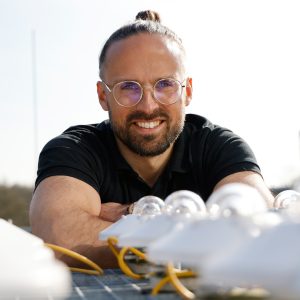To make meteorological measurements comparable, the World Meteorological Organization WMO establishes guidelines for atmospheric parameters. These are covered by WMO-No. 8 for highest precision meteorological monitoring. However, for many applications like road weather monitoring, smart cities and others, meeting scientific standards is not necessary.
In this episode, Tobias Weil, Business Development Manager & Dieter Knauss, Teamleader Research Meteorology, explain the less popular CIMO WMO recommendations from Class A to D intended for many industries. Furthermore, we discuss various technologies to measure atmospheric parameters. Tune in to learn about:
- The Commission for Instruments and Methods of Observation CIMO and its recommendations from Class A to D
- How location and installation impact measurement quality
- A helpful tip: This question helps to choose the right sensor




